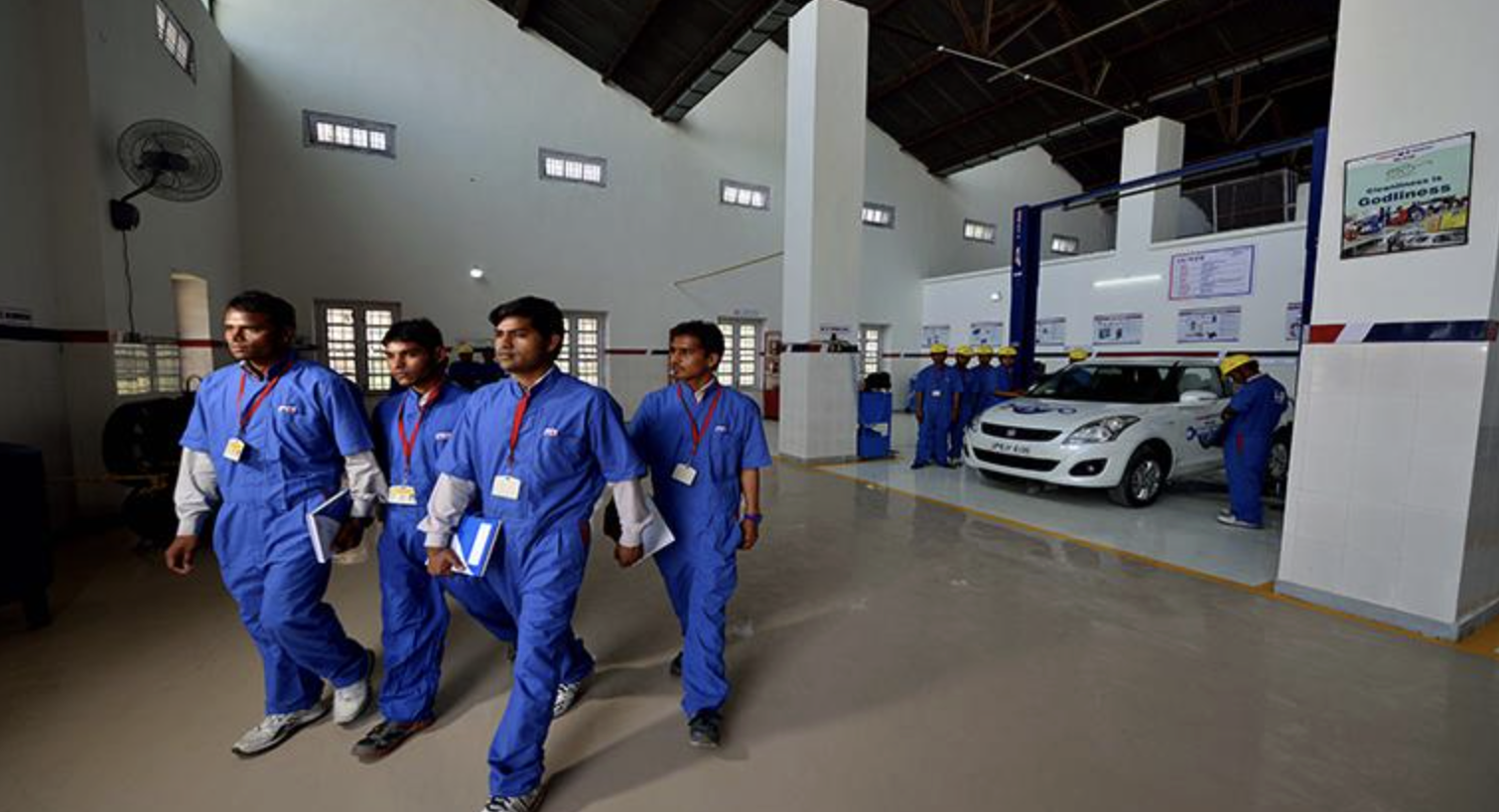This is a Guest Blog by Mr. Sankarshan Mukhopadhyay, Vice-President of Customer Experience at Dhiway
Today, blockchain technology is no longer a hobbyist or emerging technology. It is enterprise-grade technology that enables scaled-out applications and services to be developed, offering a fantastic set of capabilities. Our partnership with Google Cloud Platform is a way to demonstrate the “developability” of the CORD blockchain.

In real life, no one worries about the fidelity, reliability and quality of everyday utilities. For example, if someone designs and builds an appliance that needs domestic power, all they need to do is ensure that the appliance can draw from and deal with the necessary power source. The inventor trusts the power utility to provide reliable, high-quality electrical power to enable the appliance to function as intended. At Dhiway, blockchain needs to be that kind of a utility – where application developers do not need to focus on high availability, resilience, consensus mechanisms and other features. If the necessary aspects of building a distributed application are in place, that path from a prototype to a deployed service should be short, friction-free and well-documented.
Trust is an essential capability in a digital ecosystem. Today, the available options for digital trust offer either a point-in-time perspective of trust (through one-time verifiability) or fail to provide a deterministic assessment of trust. An ecosystem has roles or actors and activities – the most important activity in a digital trust ecosystem is data exchange. With CORD, we address both of these gaps simultaneously. CORD offers deterministic proofs with continuous assurance, thus adjusting to the reality that changes in data are expected and the relying parties have a business need to have a higher level of trust in the verifiable data. Continuous assurance leads to capabilities such as filtered-events-subscriptions, which enable dApps to include “smart interactions”, which combine different event/data streams and offer expanded capabilities beyond smart contract-like approaches.
The partnership with Google Cloud Platform allows developers to focus on user-centricity as Dhiway and Google offer a solid combination of resiliency features that enable innovative Web 3.0 services to be designed. Whether it is deploying and orchestrating new CORD nodes on Google Cloud or deploying dApps to draw benefits from a granular security stance, robust availability and wide geographical distribution of nodes – Dhiway intends to abstract the infrastructure operations of the blockchain from the Web 3.0 services, which demonstrates the value to the participants.
The CORD blockchain has been designed for applications to discover trustworthy data streams, inquire about data objects using identifiers, engage in bundling and data exchange and complete transactions around trusted datasets. To accomplish this, CORD offers the concept of persistent and unique digital identifiers, which can be used to reference off-chain data streams, and delegated hierarchical structures to put in place good data governance and registries. Registries are a critical component of a digital trust ecosystem, enabling applications and services to run queries and retrieve authoritative data about specific ecosystem elements. The registries allow for the management of collections of identifiers, empowering organizations with efficient and organized control over identifier-based data. These registries can contain identifiers representing private or publicly accessible repositories of data. With registries, organizations can establish data schemas, define participation rules, and set access permissions to ensure proper governance and control.
The partnership with the Google Cloud Platform enables node operators to quickly instantiate and deploy CORD nodes and attach them to an existing network instance. This is one specific role in the CORD Network ecosystem — the developers who seek to design and deploy Web 3.0 applications can do so with the CORD SDK. We see this partnership as a robust combination of knowledge and skills coming together to offer the best possible developer experience for the innovative Web 3.0 creator. It separates the concern around hosting and operating a blockchain network from designing and building Web 3.0 services or integrating the capabilities with existing Web 2.0 applications and services. It brings in a set of well-documented SLAs and APIs which enable high uptime of applications while enabling better data governance and management. And it establishes user-centricity as the only way to reshape the digital future using transparency, consent and equitable exchange.












